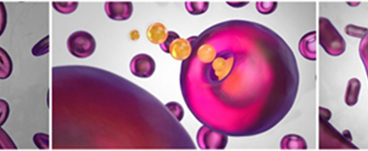The power consumption of data centers around the world is increasing. This creates a high demand for new technologies that could lead to energy-efficient computers. In a new study, physicists at Radboud University have demonstrated that this could also be achieved by using chips whose operation is inspired by that of the human brain. The…
Almost 500 Explosions Found in Galaxy Cores
Apart from a billion Milky Way stars, ESA’s Gaia spacecraft also observes extragalactic objects. Its automated alert system notifies astronomers whenever Gaia spots a transient event. A team of astronomers have found out that by tweaking the existing automated system, Gaia can be used to detect hundreds of peculiar transients in the centres of galaxies.…
Low Energy Electric Field Found Suitable for Quick Magnetic Recording
A novel, highly energy efficient and ultrafast magnetization control scheme is successfully demonstrated by international team of scientists from the Netherlands, Germany, and Russia, as Nature Photonics publishes on 3 October 2016. With low-energy terahertz photons the team succeeded to make a magnet wobble in a trillionth of a second. “Our finding addresses the long-term technological ambition…
Structure of Graphene Molecules Leads to Smarter Materials
Polyaromatic hydrocarbons (PAHs) form an important class of molecules, which can be regarded as small graphene species and which play a prominent role in the development of organic electronics. Scientists at Radboud University, the University of Amsterdam, and FOM now show that the edge structures of these apparently similar molecules are responsible for spectacular differences…
Nanovesicles in Predictable Shapes
Beads, disks, bowls and rods: scientists at Radboud University have demonstrated the first methodological approach to control the shapes of nanovesicles. This opens doors for the use of nanovesicles in biomedical applications, such as drug delivery in the body. Nature Communications will publish these results on 25 August. The shape of nanovesicles – called ‘polymersomes’ in jargon…



